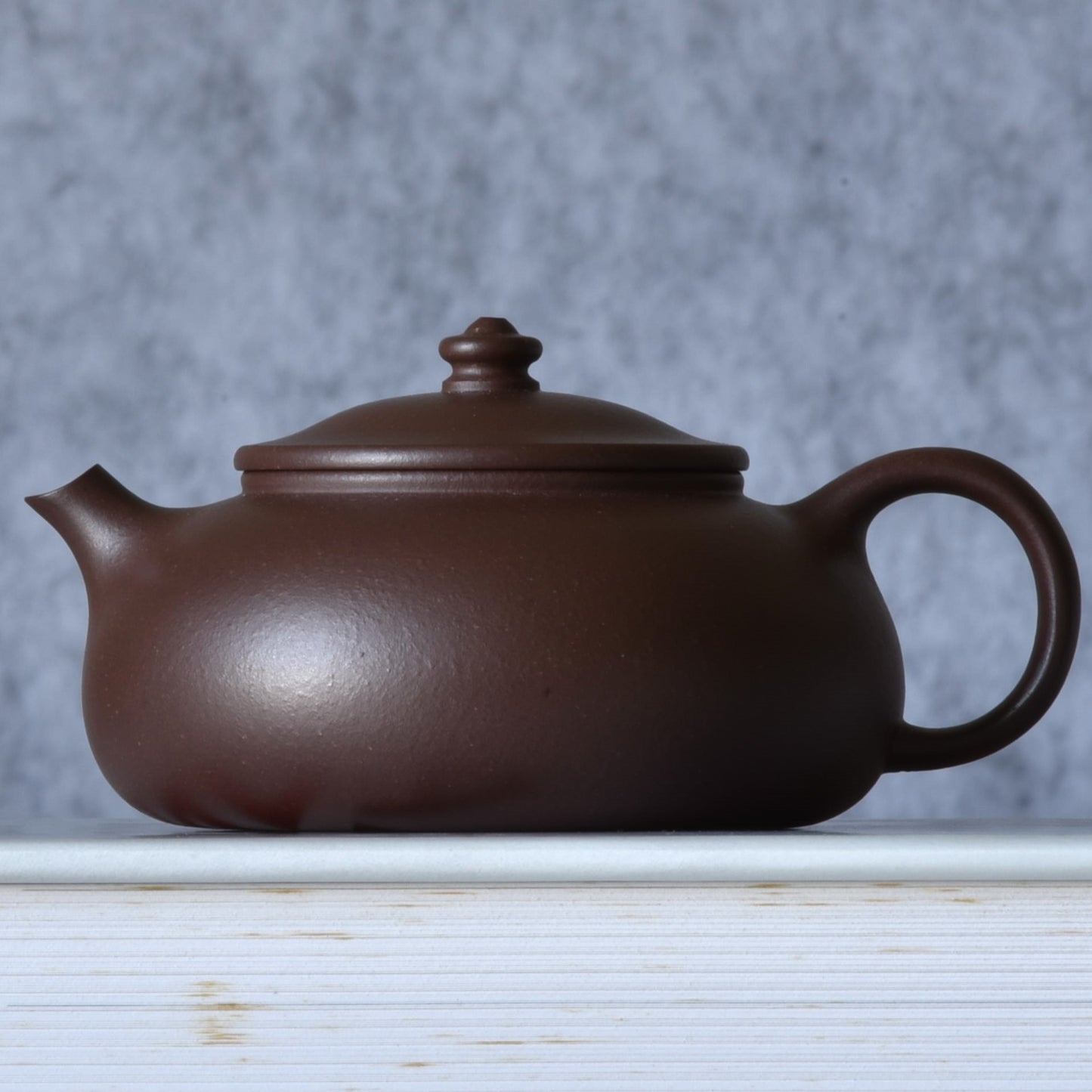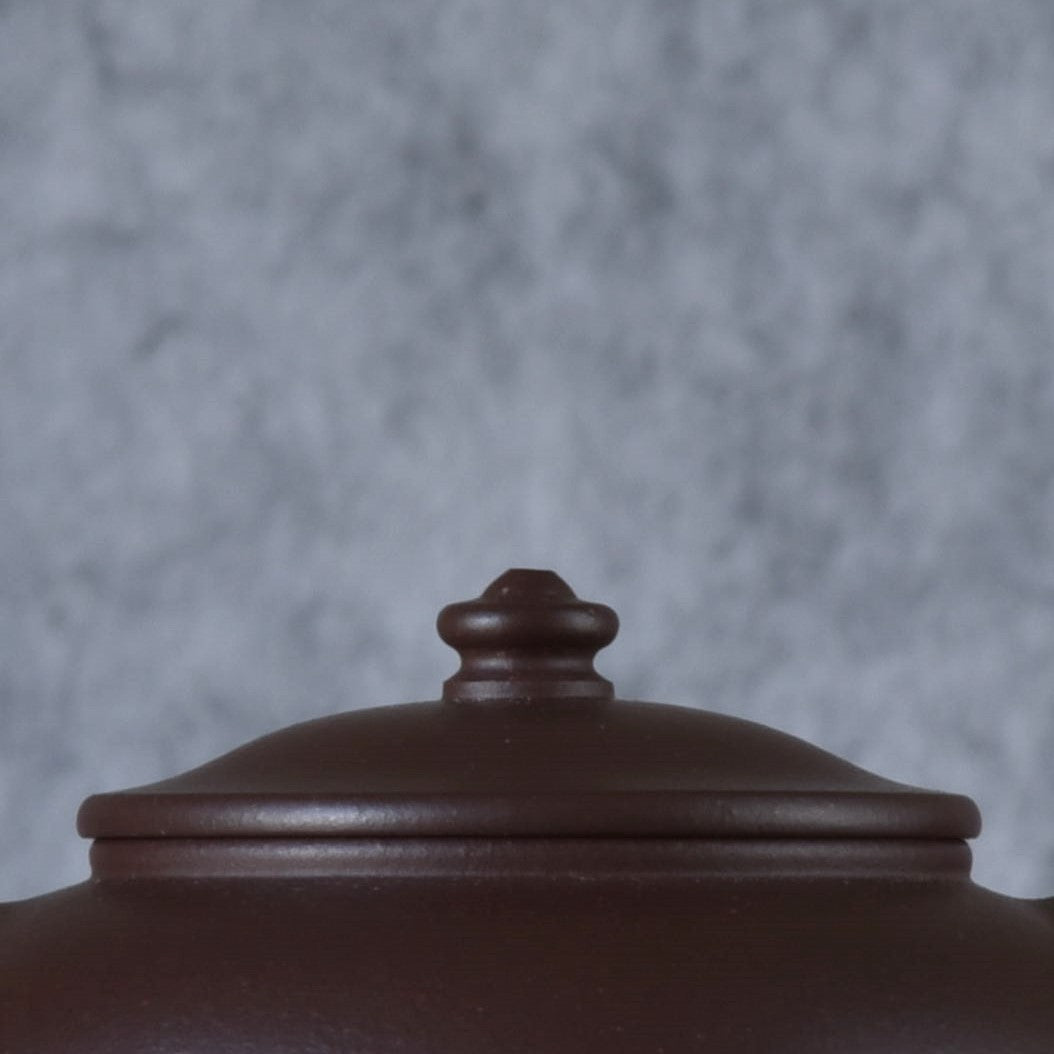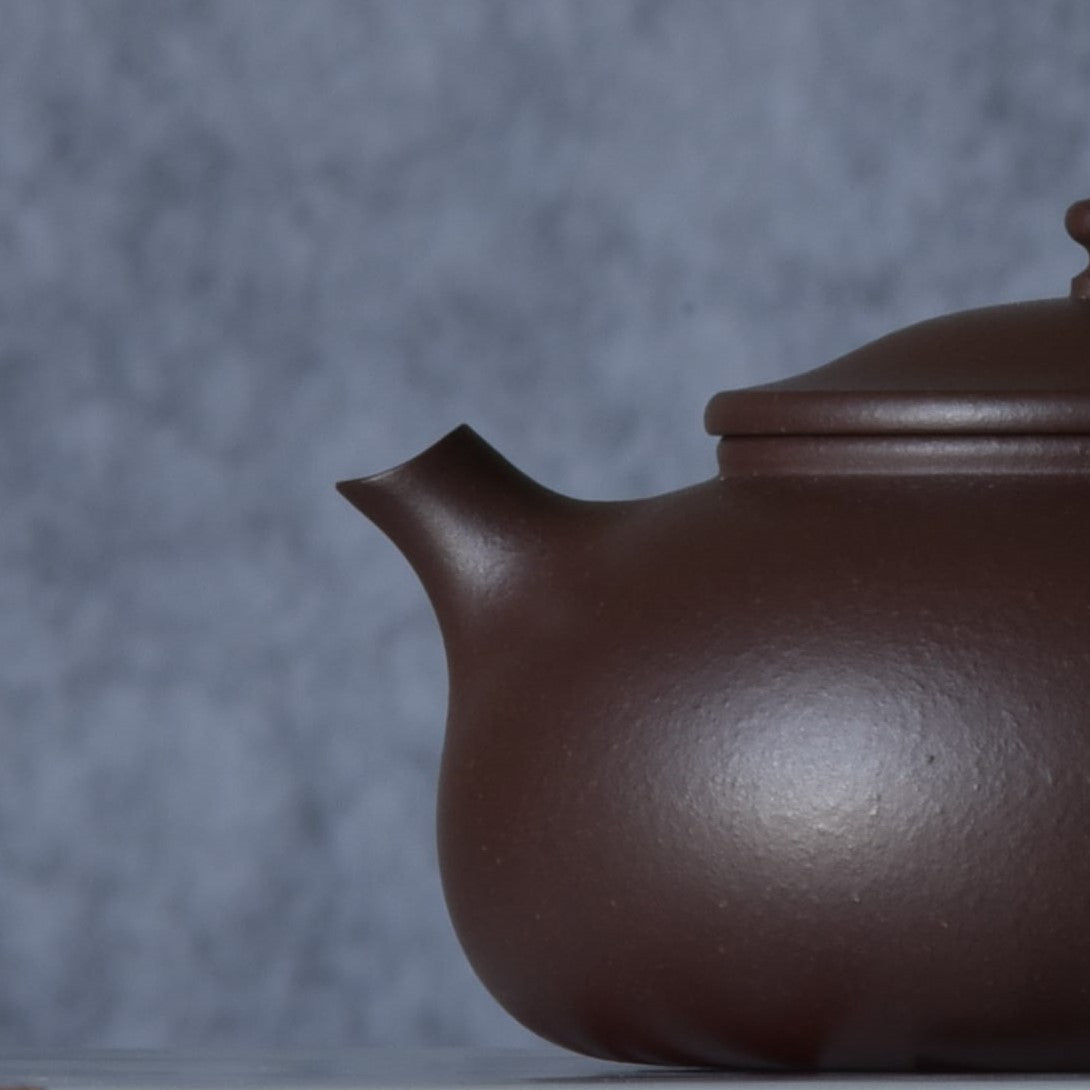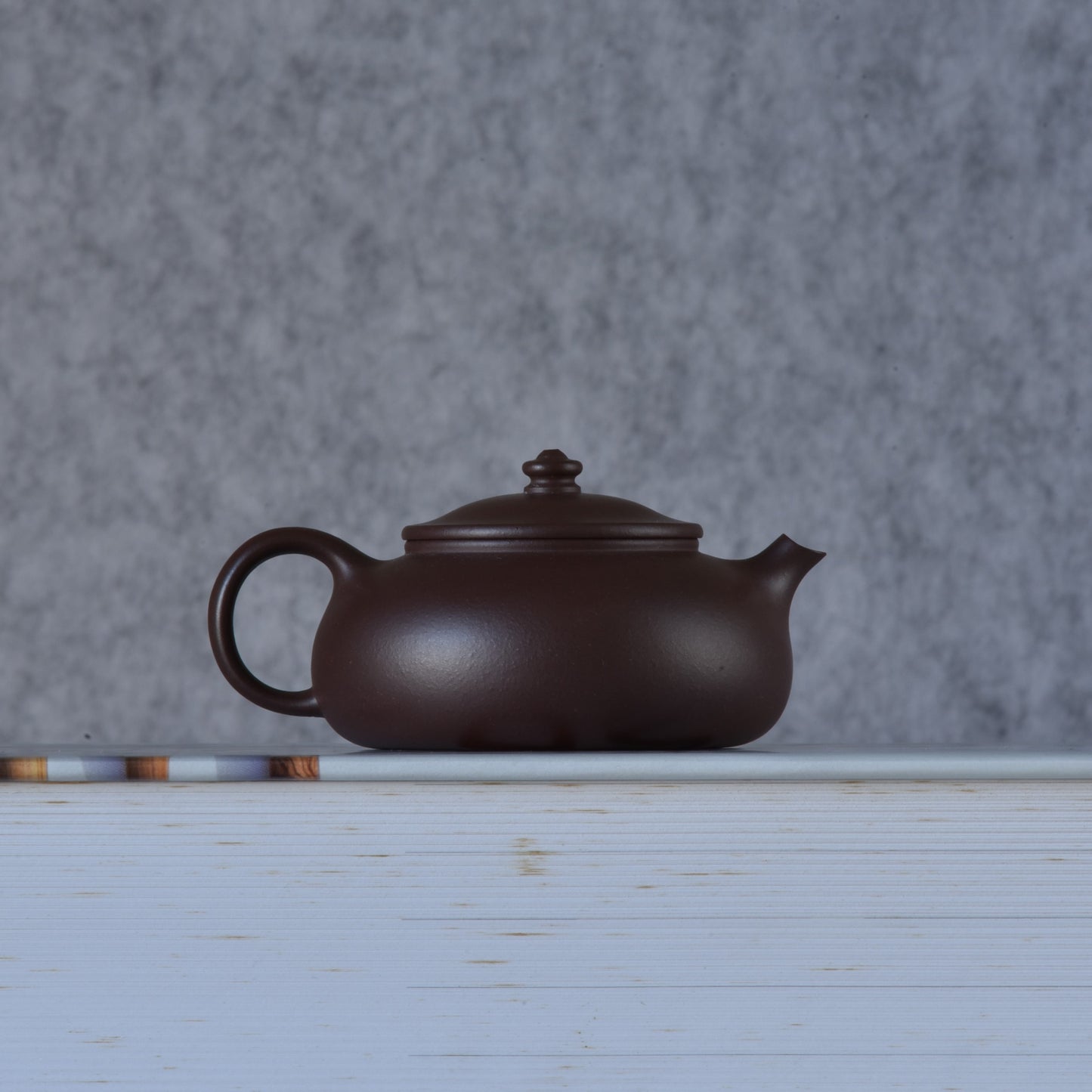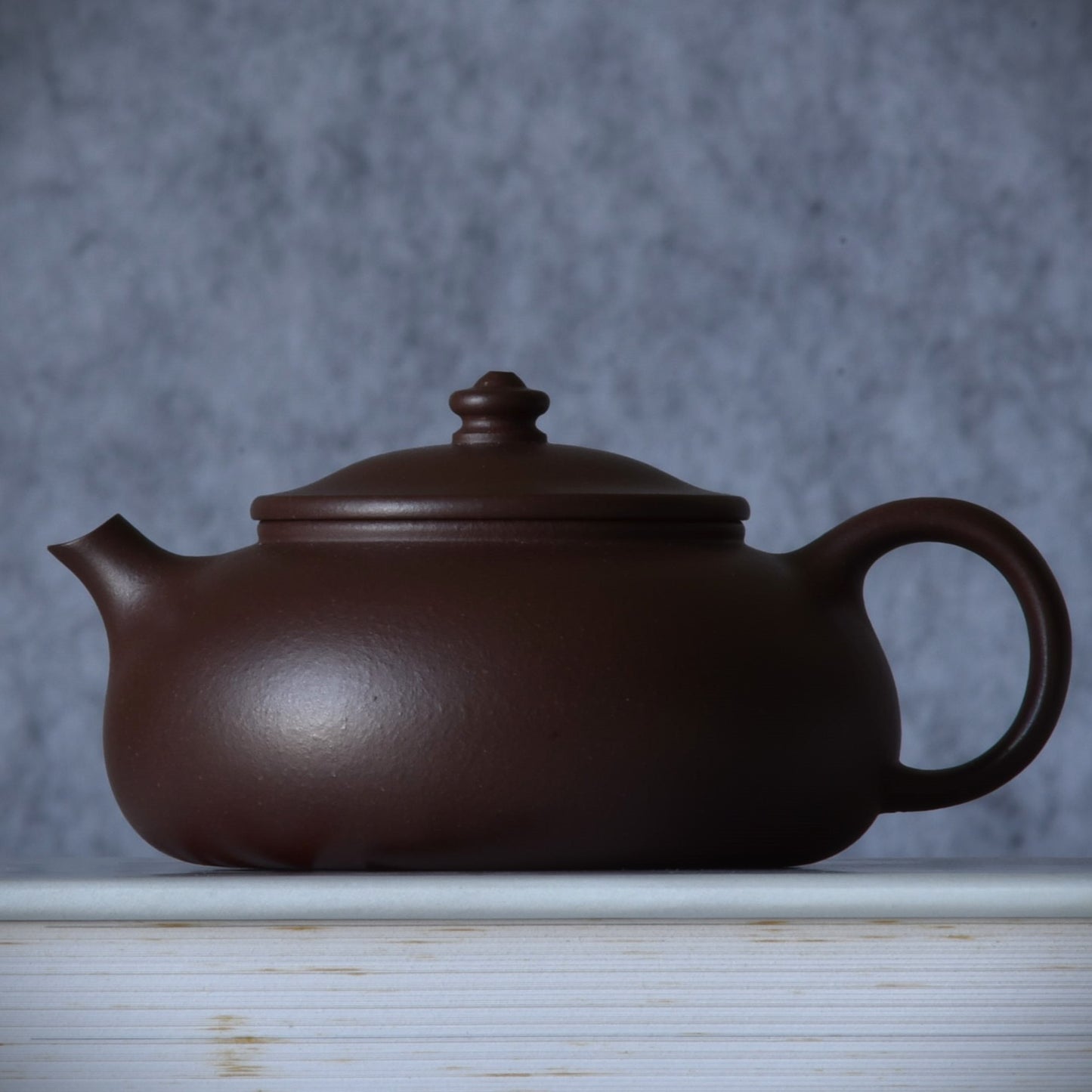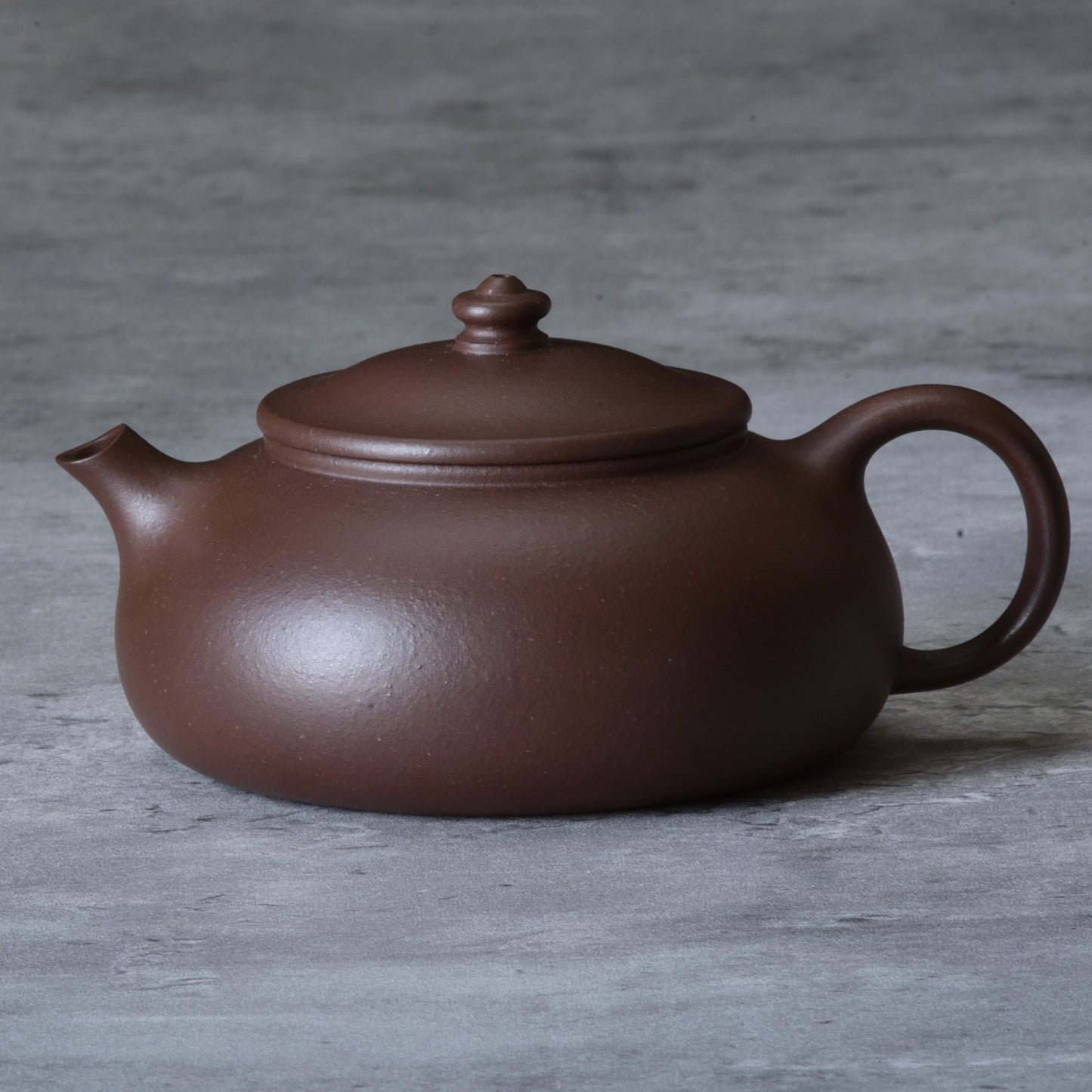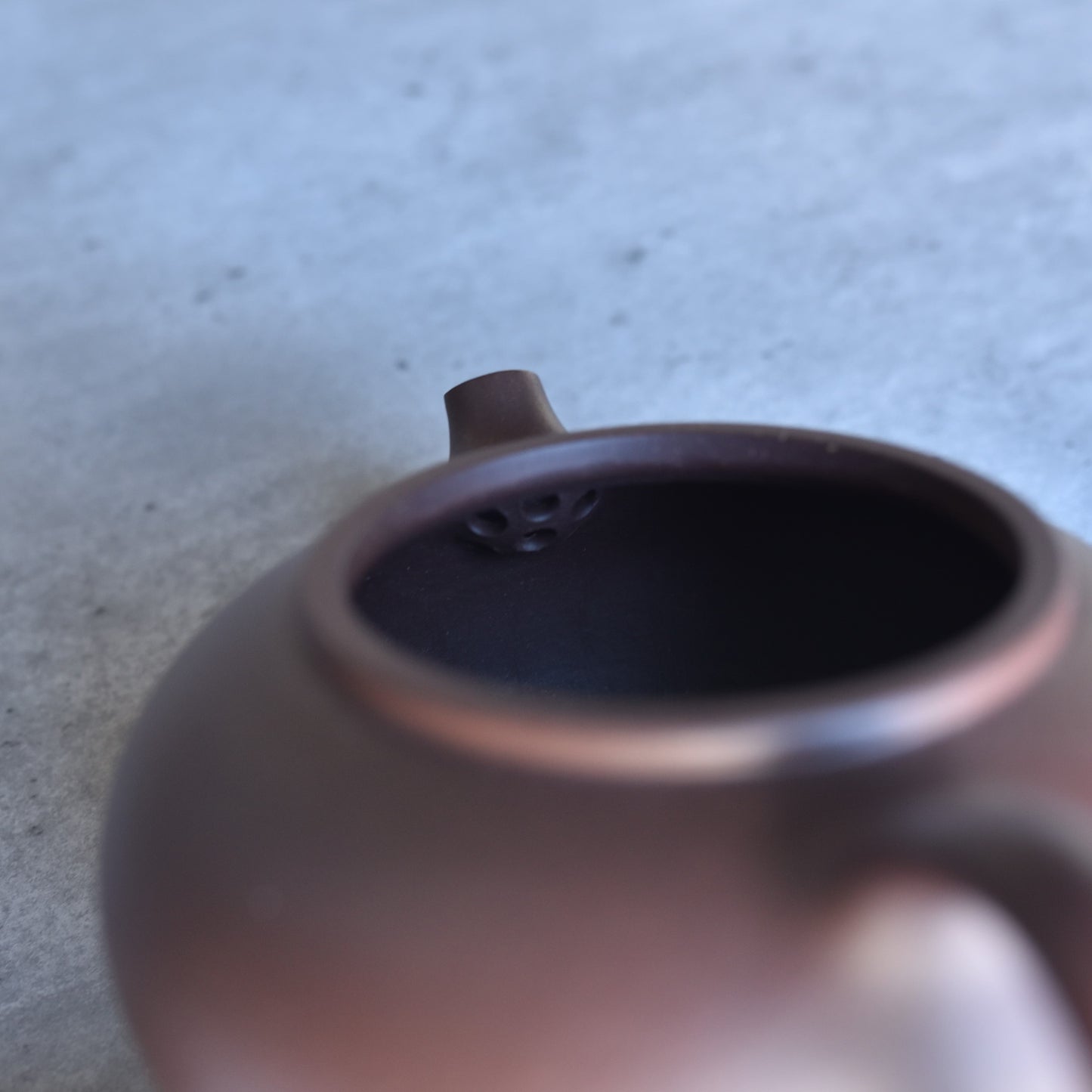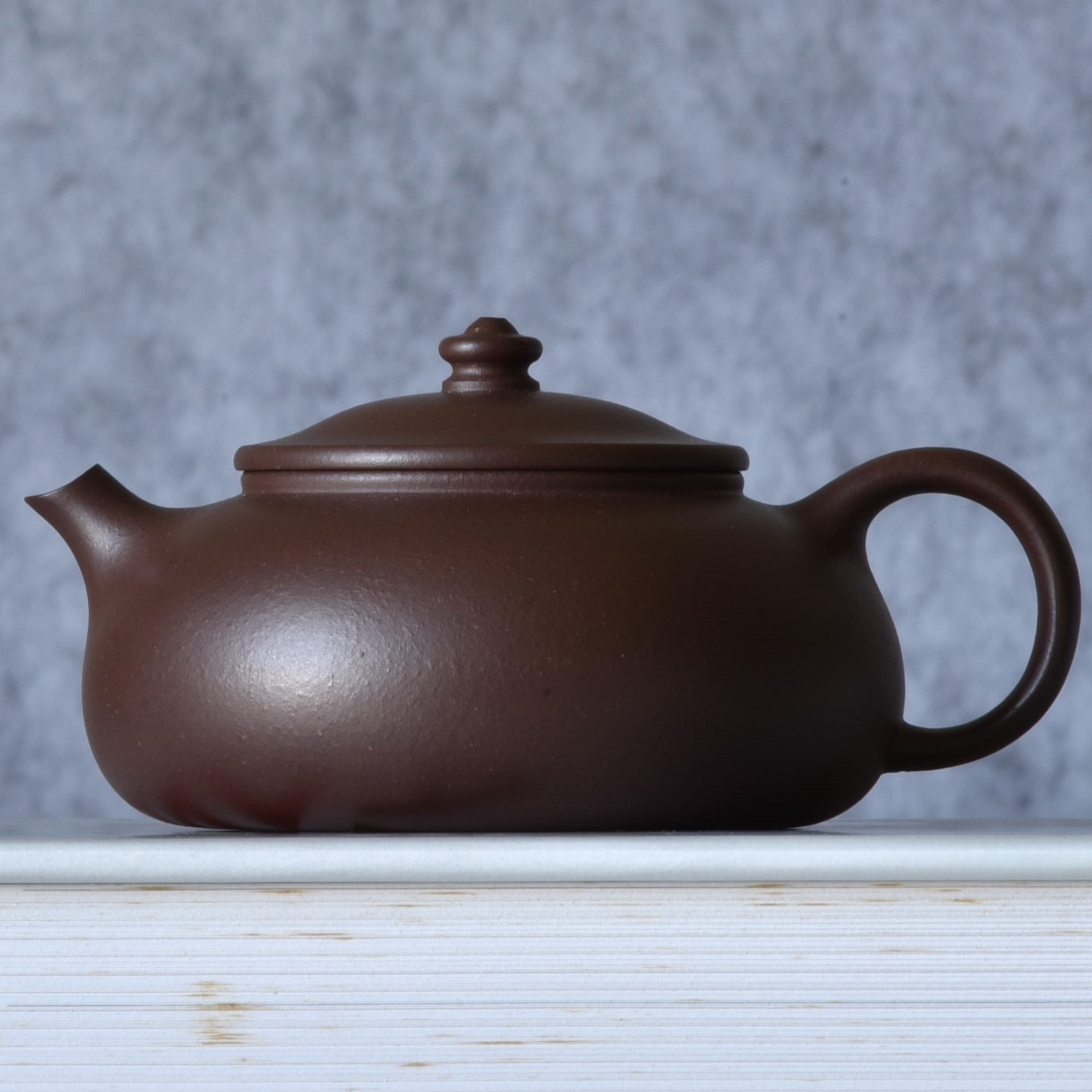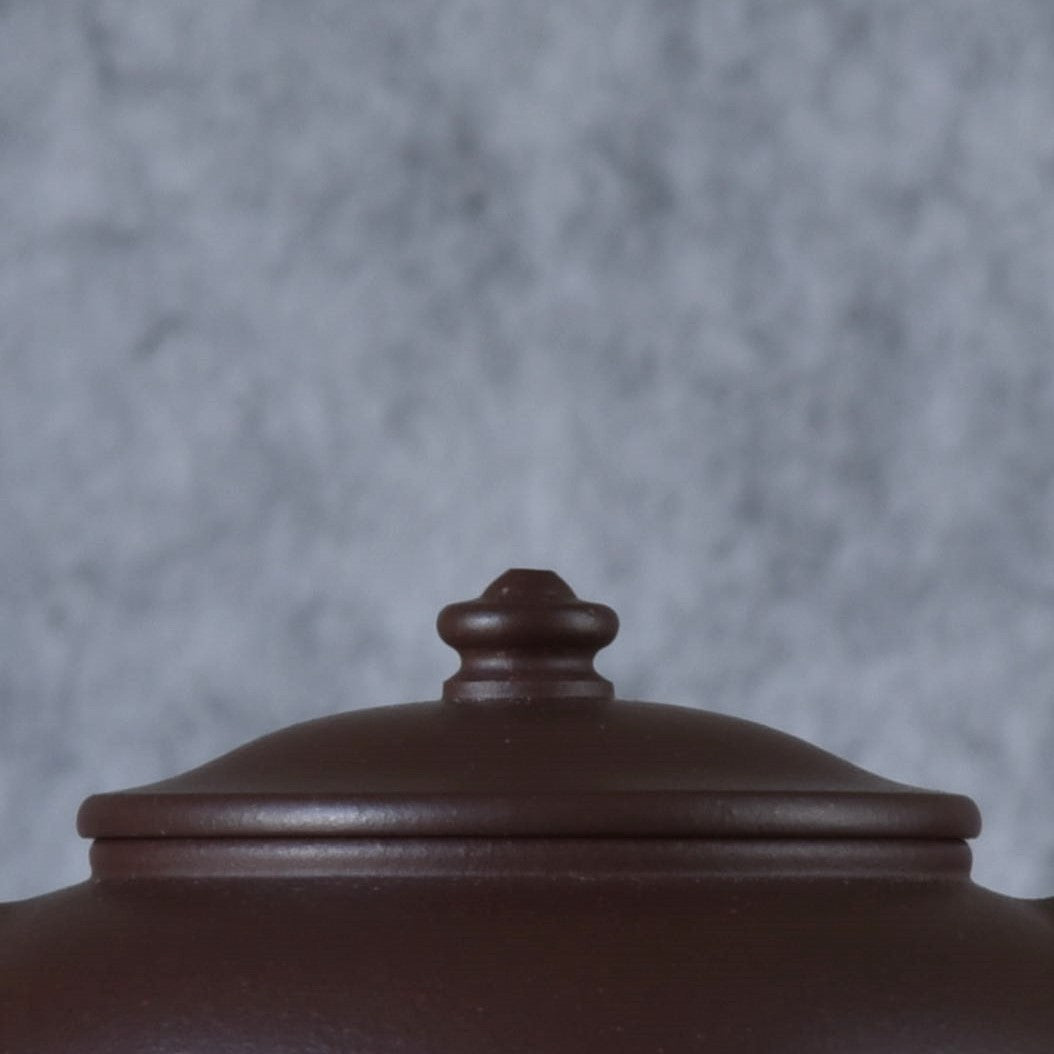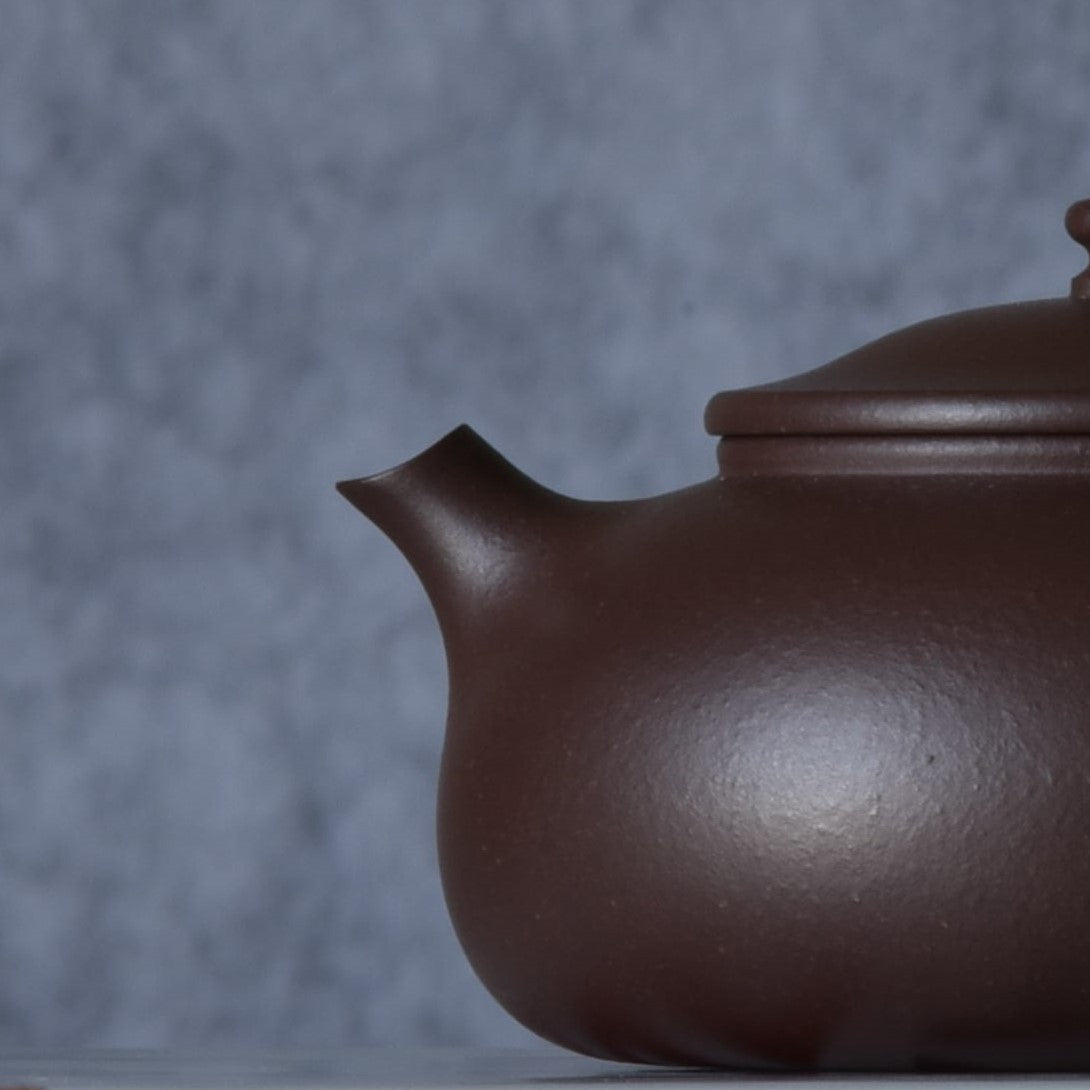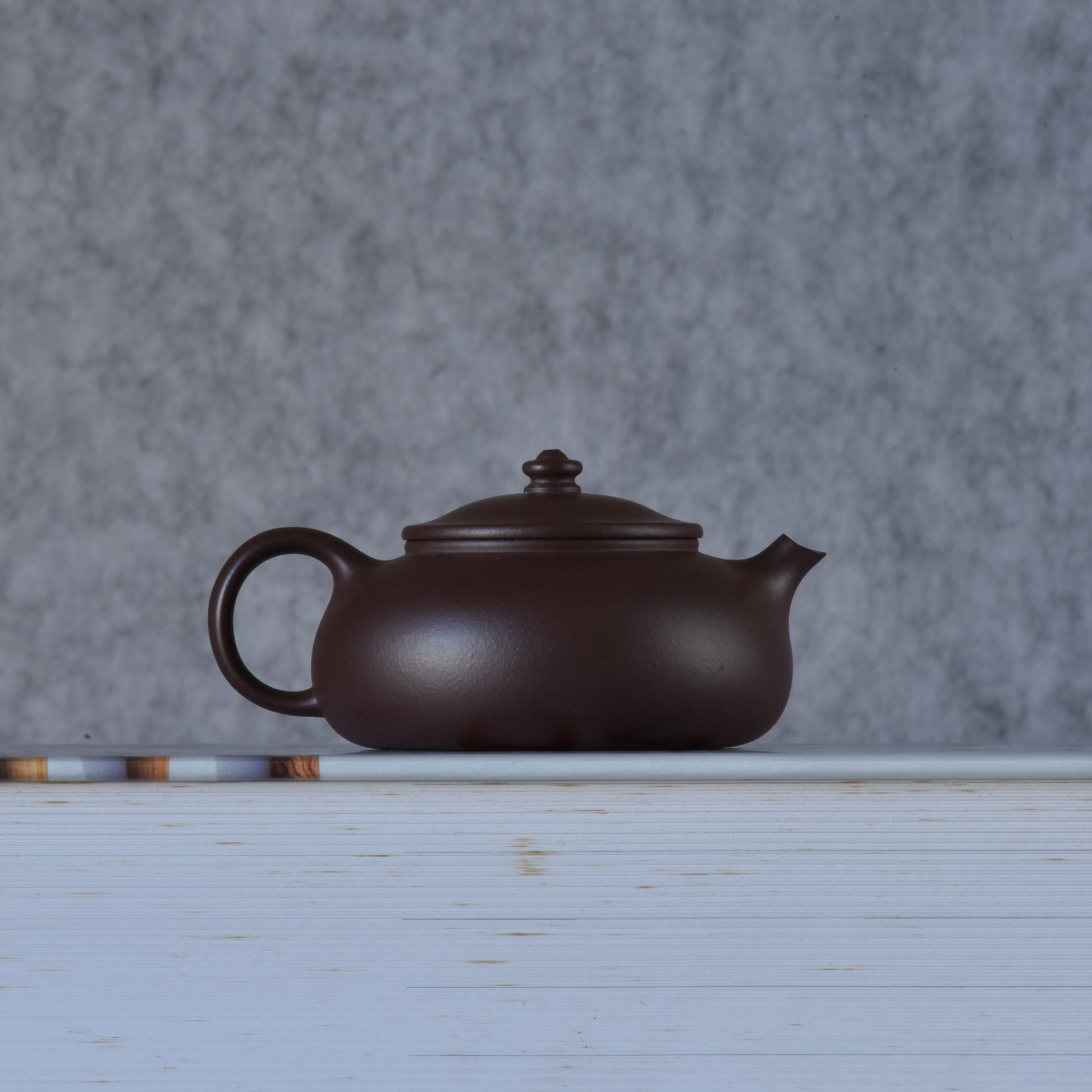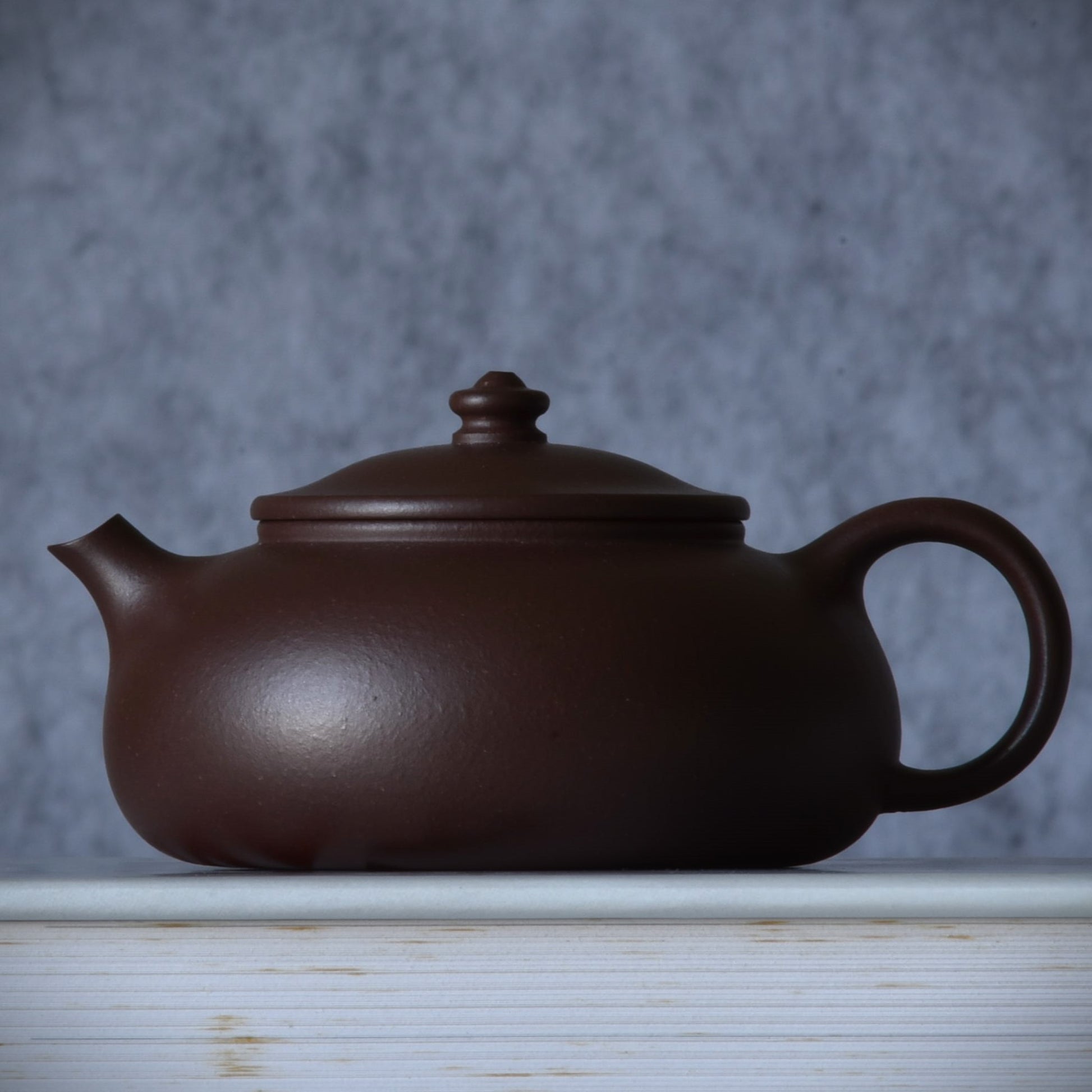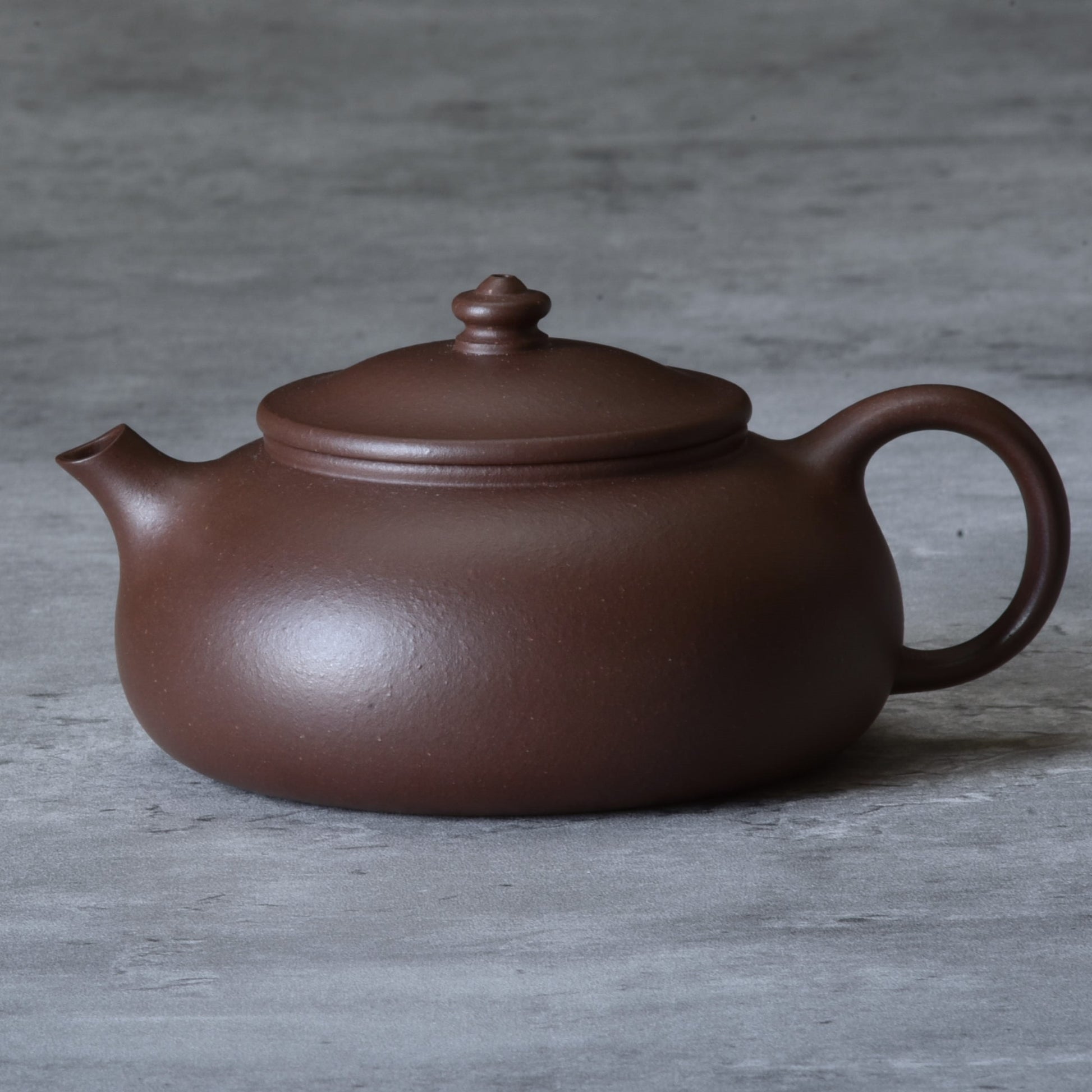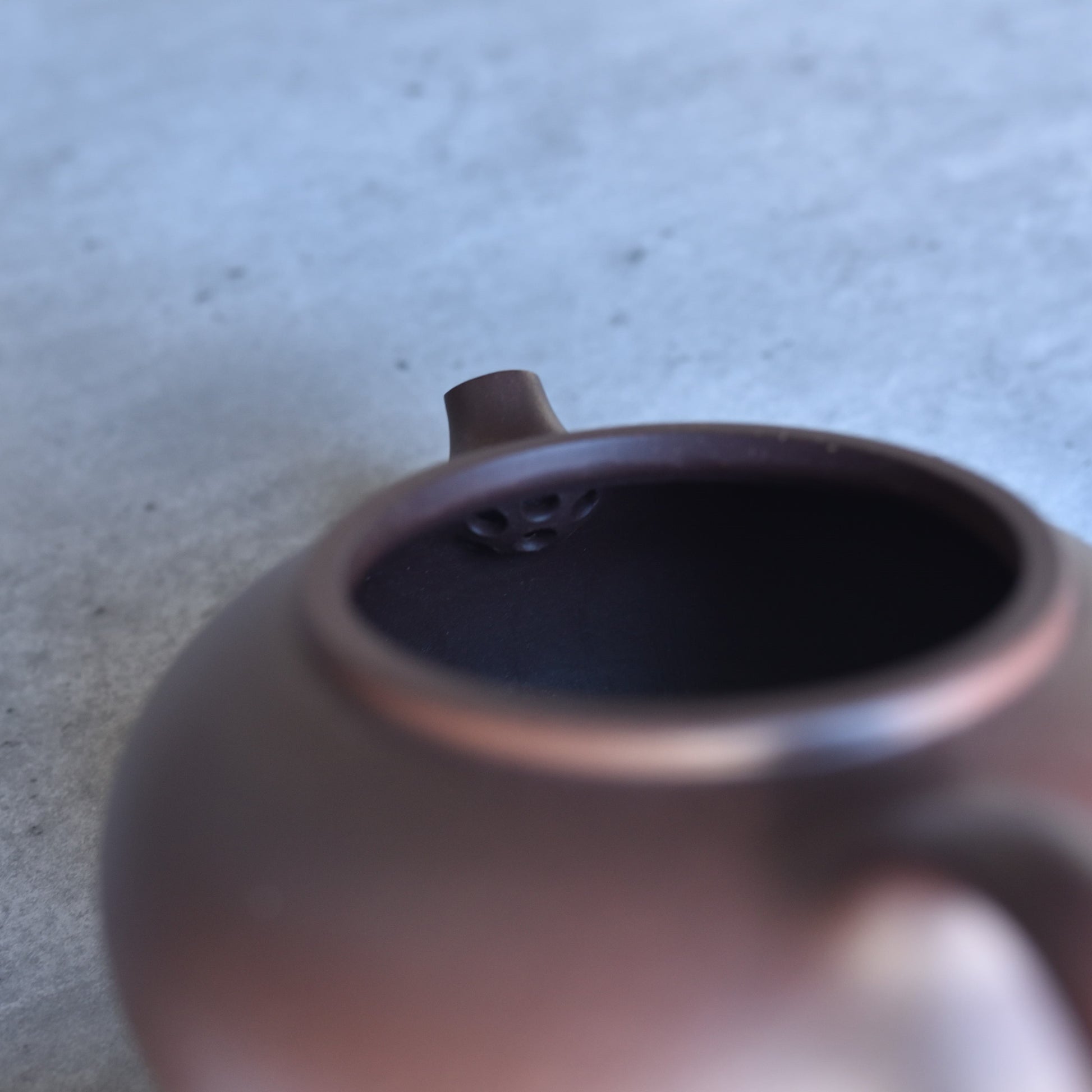FatBat Puerh
Yu Qu (渔趣) Zini Yixing Teapot
Yu Qu (渔趣) Zini Yixing Teapot
Couldn't load pickup availability
Yu Qu Zini Teapot | Yixing Zisha
渔趣 老紫泥 | 宜兴紫砂
Artist: Shi Wen Jie, Master of Arts and Crafts
Clay: Zini
Capacity: 160ml
Pour Time: 7s
Made in the Artist's studio in the old Factory 1 grounds, Dingshan, Yixing
ABOUT THE TEAPOT
This teapot is an original design by Master Shi Wen Jie, crafted in a superb quality Zini clay from the Shi family's collection which has been well-aged and tempered. This is the same top-grade Zini that her father Shi Yin Zhi uses for his National competition-winning pieces. Examine it closely to find that it has both a creamy quality as well as a tasteful underlying granularity and texture, known in Chinese as 有骨有肉 (with both flesh and bone structure). With use, it will season rapidly to reveal a lustrous, deep-hued patina reminiscent of well-preserved antique zisha pieces.
The name of the pot can be poetically understood as "Fisherman's Frolic", with the spout evoking the mouth of a fish, while the lid takes inspiration from an ancient Chinese fisherman's hat. The wide, shallow body allows for full expansion of large tea leaves during brewing while retaining the aroma well. The pour is exceptionally quick and strong, with a well-crafted "inward-pushed" filter.
Click here to learn more about this studio: The House of Shi
CARE OF YOUR ZISHA
1. To clean your new teapot, first rinse well inside and out with lukewarm water. Then fill with hot water just off the boil, steep for 30s and pour out. Repeat the hot water rinse 2-3 times as needed.
2. Brew your favorite tea!
3. After the session, empty the spent leaf and rinse out well with hot water. Dry the exterior gently with a soft cloth if needed to remove any stains that remain.
4. Air dry in a well-ventilated area with the lid removed.
Other Tips:
- Never use detergent or any other cleaning agent on Zisha!
- Our Zisha is top quality; boiling with tea leaves (or tofu) before use is not needed.
- Your teapot will develop a patina through regular use and care. Avoid pouring tea over the exterior of the pot to hasten the process, this will quickly result in a “dirty” looking pot.
Share
